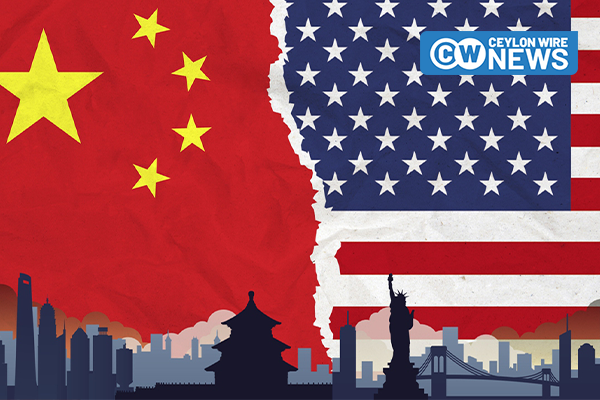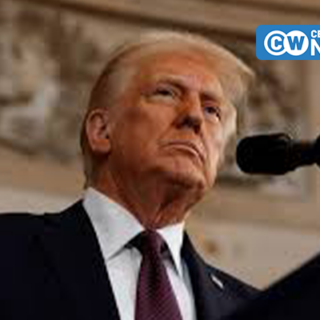The United States has intensified its tariff standoff with China, with the White House confirming Thursday that the total US tariffs on Chinese imports have now reached a staggering 145%, according to CNBC.
This escalation follows a new executive order signed by former President Donald Trump, raising tariffs to 125%, up from the previous 84%. Additionally, a separate 20% tariff specifically targeting fentanyl-related imports from China has further pushed the cumulative tariff rate higher.
Although Trump suspended sweeping tariffs on most other nations for 90 days, China was excluded from the reprieve—intensifying the high-stakes confrontation between the world’s two largest economies. Over the past week, both sides have engaged in a series of tit-for-tat tariff hikes, bringing them closer to a full-scale trade war.
China: “Door Remains Open, But Not to Threats”
Beijing, however, has remained firm in its response. China’s 84% tariffs on American imports came into effect at 12:01 p.m. Thursday, as reported by Xinhua, the Chinese state news agency.
The Chinese Ministry of Commerce reaffirmed its position, stating that while it remains open to dialogue, negotiations must be based on mutual respect and equality. “Pressure, threats, and coercion are not the right way to deal with China,” a spokesperson said, warning that any further provocation would be met with continued resistance.
In a strong rebuke, China’s foreign ministry accused the United States of “bullying” and cautioned that Trump’s hardline approach would ultimately fail.
A Brewing Economic Storm
The escalating conflict has rattled global markets and triggered concerns of an impending American recession. Economists warn that the growing trade war could severely disrupt global supply chains and depress international trade flows.
Earlier this week, Trump stunned markets by announcing a 104% tariff on all Chinese imports, following an initial 34% hike that Beijing swiftly countered. This was followed by another 50% in US duties, layered on top of earlier levies from February and March. With the latest increases, the overall tariff burden on Chinese goods under Trump’s second term now stands at 145%, fueling fears of a near-embargo scenario.
The origins of the recent escalation trace back to February, when Trump imposed a blanket 10% tariff on all Chinese imports, citing Beijing’s alleged role in promoting illegal immigration and facilitating fentanyl trafficking. The following month, those rates were doubled, sparking global concern and worsening diplomatic ties.
China, which was the United States’ second-largest source of imports last year, exported $439 billion worth of goods to the US, compared to $144 billion in American exports to China. With the rising tariffs, US businesses are now warning of higher costs, potential layoffs, and a sharp decline in competitiveness.
As the tariff war drags on, the world watches anxiously—fearing that the fallout from this clash of economic titans could reverberate far beyond their borders.











